There can be your advertisement
300x150
Suspended Ceilings: Pros and Cons
Want to install a suspended ceiling in your apartment but unsure about the choice? Check out the pros and cons of this option and what professionals recommend.
Advantages of Suspended Ceilings
Do not require special maintenance
Thus, they are suitable for rooms with high humidity: on the kitchen or in the bathroom.
Do not leak water
If a flood occurs above your apartment, suspended ceilings can hold the water. It is believed that they can withstand up to 100 liters of water for several days.
Available in Several Types
If discussing material, there are two options: PVC and fabric. Ceilings can also be matte, glossy, or even multicolored. Additionally, you can be sure that the surface will be perfectly smooth.
Easy to Install
No additional work is needed for ceiling installation, so they can be mounted in just a few hours. By the way, they are also easy to remove.
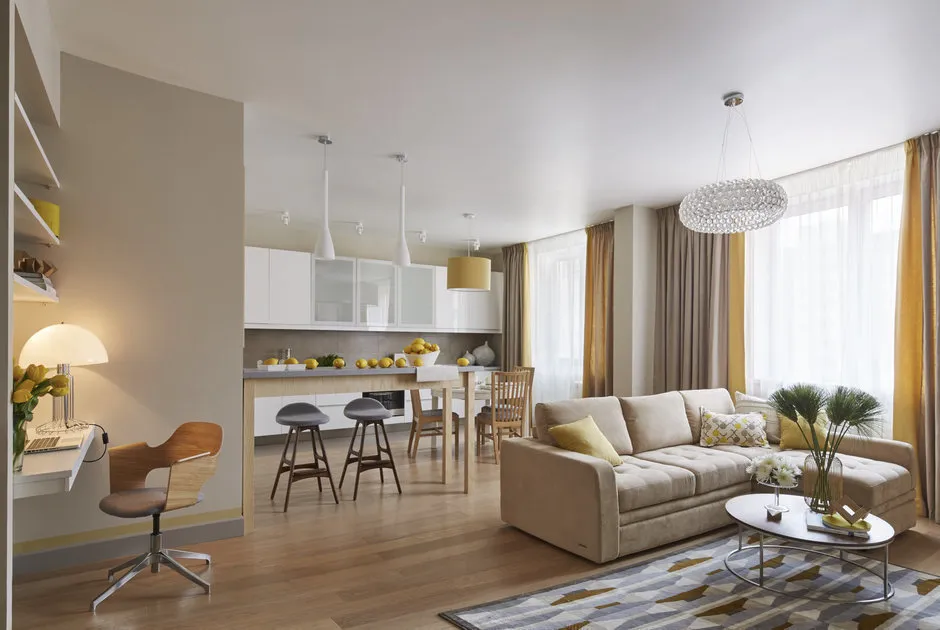
Design: Bon Home Design
Disadvantages of Suspended Ceilings
High Price
Spackling and painting a regular ceiling is cheaper than installing a suspended one. Of course, this applies to the cheapest and lowest quality options.
Lighting Issues
Not all light fixtures can be placed on suspended ceilings. There are specific power limitations: for incandescent bulbs — 60 watts, for halogen lamps — 35 watts. Additionally, installing recessed lights can easily deform the ceiling.
Not All Types of Suspended Ceilings Are Eco-Friendly
High-quality films do not emit chemical odors and are safe for health. However, cheap ceilings are often counterfeits, and toxic emissions can be dangerous to health.
Not Always Protect Against Leaks
Ceilings can only retain water in the center of the room, but leaks often occur at the edges of the space.

Design: Nadежda Kapper
Professional Opinions
Ruslan Prosvirin, Designer
Director of Prosvirin Design Studio
To be honest, I don't like suspended ceilings for several reasons: they tend to deform and it's nearly impossible to install recessed lights without distorting the ceiling. Moreover, there is an unattractive edge between the ceiling and walls that's hard to hide even with a cornice.
In our projects, we always use gypsum board. It's practical, reliable, and durable. This material is flat and allows hiding almost any imperfections in ceiling panels, concealing pipes and wires. But the biggest advantage of gypsum board is its flexibility.

Design: Prosvirin Design Studio
Natalia Shirokorad, Designer
Thinks that a good interior starts with a well-planned and thought-out layout
I am against suspended ceilings: they are just a piece of film stretched over the ceiling. They only protect from leaks if water seeps from the center of the ceiling. But usually, leaks happen at the edges of the room: around pipes or at wall-ceiling junctions.
Also, you won't have the opportunity to make a large and beautiful ceiling cornice because most models are mounted to walls and the ceiling.
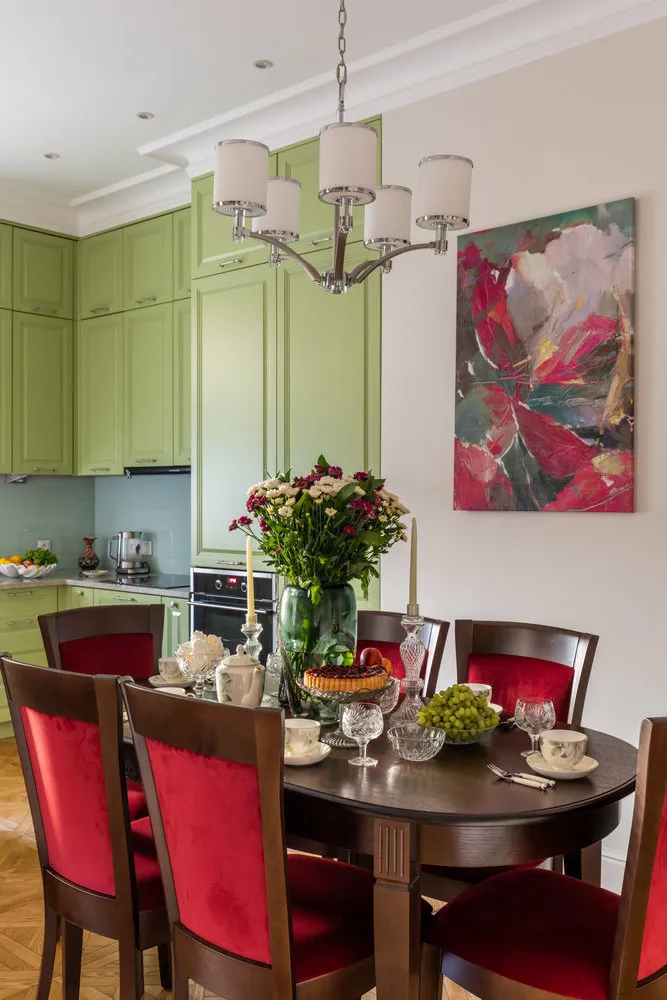
Design: Natalia Shirokorad
Dina Balashova, Expert
Interior decorator, runs her own blog on Instagram @diana_balashova
The reputation of suspended ceilings has been tarnished since the 1990s: essentially, they are a cheap glossy film with a distinctive smell. And once you slam a door, the ceiling starts to "move"NaN
More articles:
 New Year's Wishlist of Designer Oxana Butman
New Year's Wishlist of Designer Oxana Butman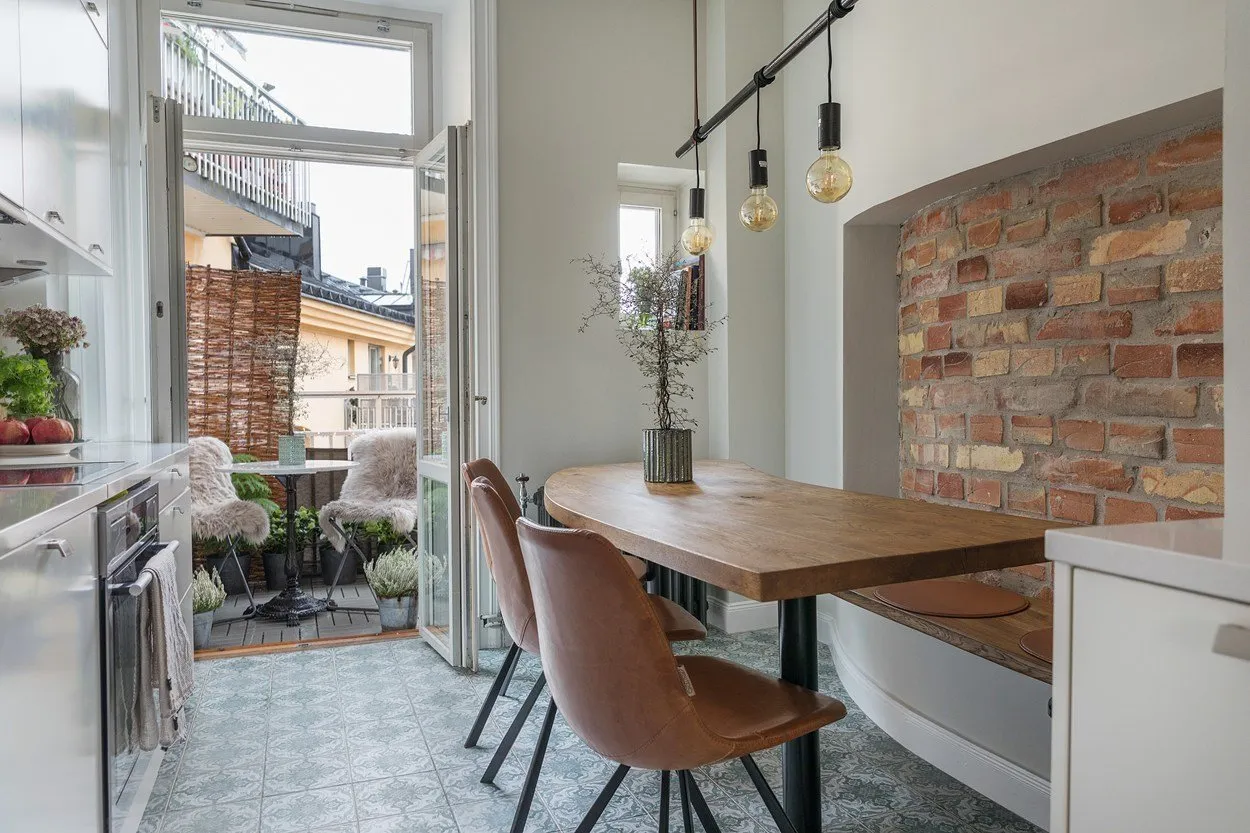 Three-Level Apartment with Attic and Fireplace
Three-Level Apartment with Attic and Fireplace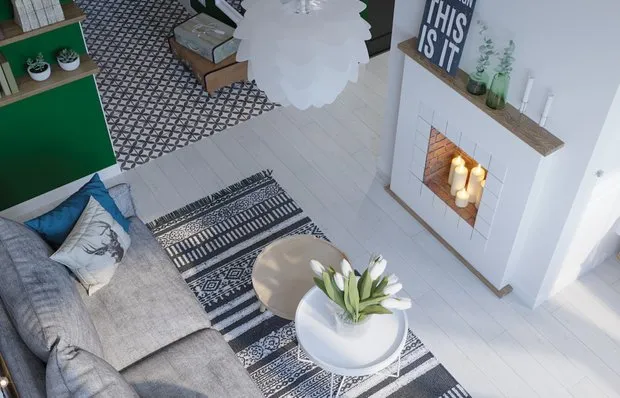 How to Decorate a Living Room: 5 Favorite Tips from Designers
How to Decorate a Living Room: 5 Favorite Tips from Designers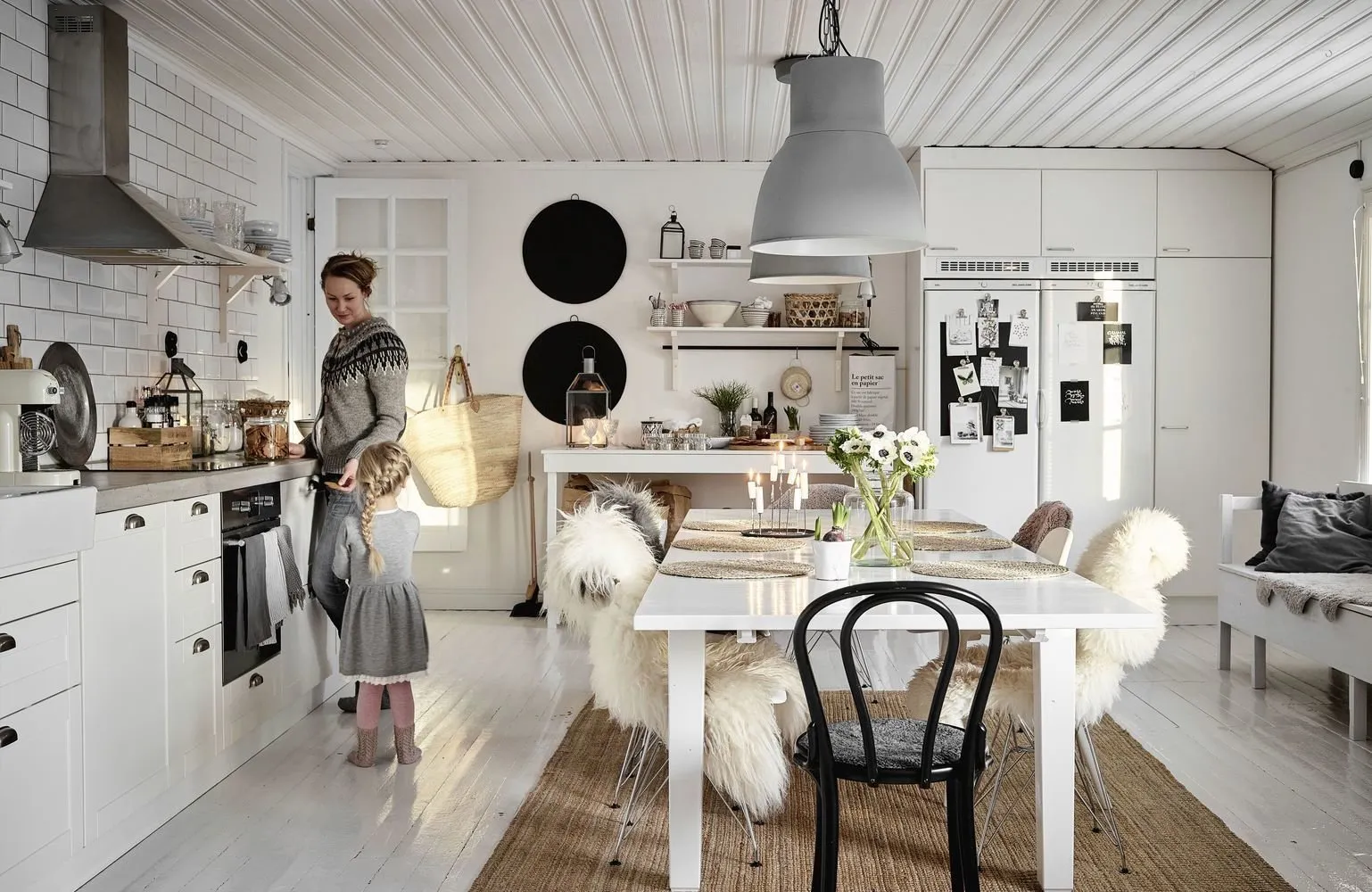 How Decorators Enhance a Home for Winter: Real Example
How Decorators Enhance a Home for Winter: Real Example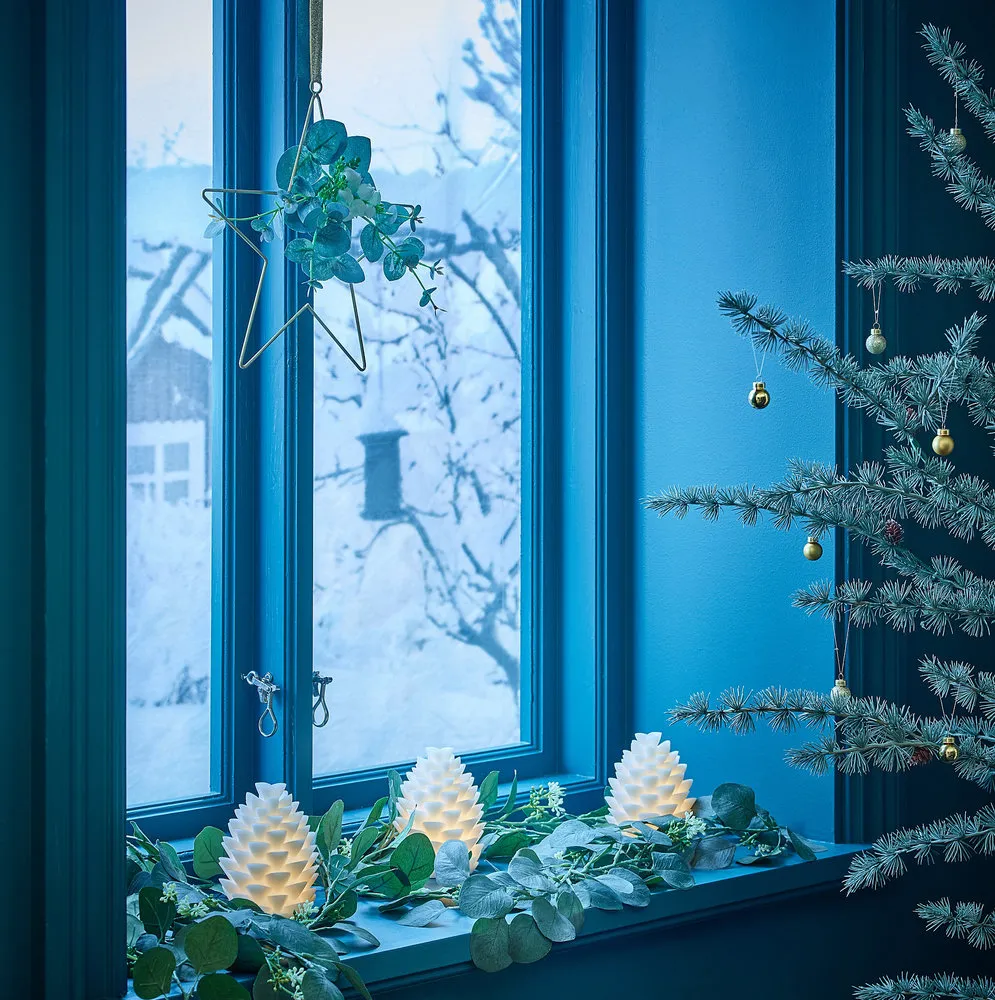 What to Give as New Year Gifts: 10 Ideas from IKEA
What to Give as New Year Gifts: 10 Ideas from IKEA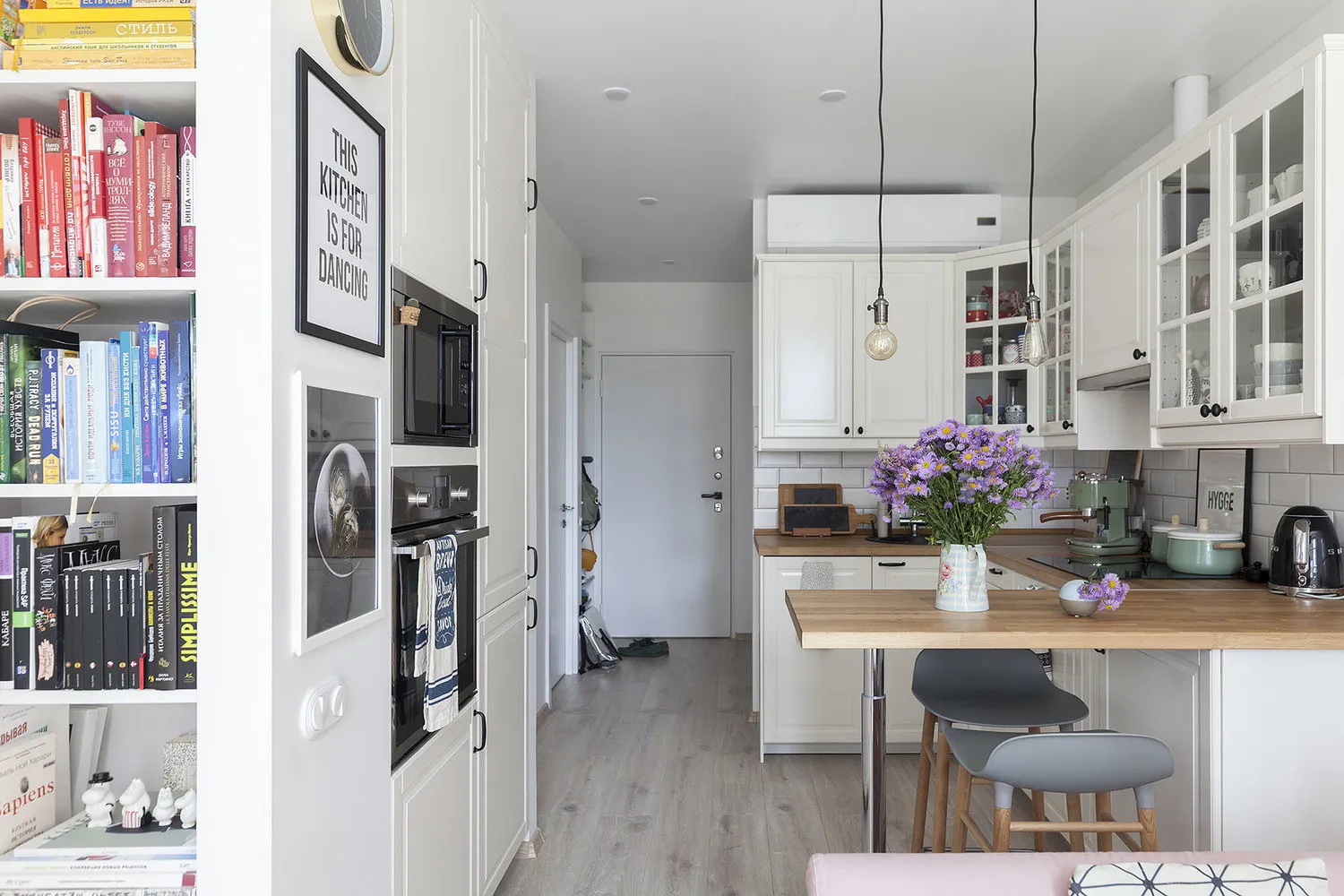 How to Arrange a Small Kitchen: 9 Ideas
How to Arrange a Small Kitchen: 9 Ideas Tax for Self-Employed: What You Need to Know as a Designer
Tax for Self-Employed: What You Need to Know as a Designer Guide: 10 Buildings in Living Coral Color
Guide: 10 Buildings in Living Coral Color